This week lawmakers remained on spring recess and are expected to return next week for a busy two-week work period. Elsewhere, the U.S. Department of Education (ED) announced a delay in anticipated postsecondary regulations impacting career education programs.
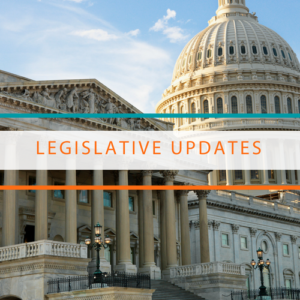 Lawmakers Include Focus on Appropriations and WIOA in Next Work Period
Lawmakers Include Focus on Appropriations and WIOA in Next Work Period
Congress is on recess this week, but legislators are scheduled to return to Washington, D.C. for a two-week work period on April 8. Broadly, Advance CTE expects Congress to focus its efforts this month on the recent bridge collapse in Baltimore, Maryland and an international aid package. In addition, lawmakers in the House are expected to consider H.R. 6655—legislation that would reauthorize the Workforce Innovation and Opportunity Act (WIOA). As a reminder, leaders on the Senate Health, Education, Labor, and Pensions (HELP) Committee are continuing to separately negotiate their own version of WIOA reauthorization with a current target date for action around Memorial Day later this year.
As wider Senate and House floor discussions evolve, the Appropriations committees are beginning to formally start the federal fiscal year 2025 (FY25) appropriations process. This normally entails bringing the leaders of federal agencies to Capitol Hill to testify regarding their Department’s annual budget requests. Advance CTE expects an initial appropriations hearing in the House to take place sometime next week and will be monitoring these efforts closely as the organization works to strengthen the federal investment in Career Technical Education (CTE) via the Carl D. Perkins CTE Act’s (Perkins V) basic state grant program.
However, these efforts may be delayed somewhat as the Republican Steering Committee is expected to meet early next week to discuss who will lead the House Appropriations Committee, following an announcement late last month from current Appropriations Committee Chair Kay Granger (R-TX) that she would step down from this role. At present, longtime appropriations leader Rep. Tom Cole (R-OK) appears to be heavily favored to be recommended for this leadership position following public support from several other House Republican appropriations leaders. However, Rep. Aderholt (R-AL), currently the chair of the appropriations subcommittee responsible for workforce funding, has circulated a Dear Colleague letter indicating that he is seeking broader changes to the appropriations process. “Instead of hastily selecting a new Appropriations chair, I believe that now is the time to focus on correcting the process and developing our theory of government on how we will manage our responsibilities,” he wrote in part.
As these efforts continue to take shape, Advance CTE will be engaging with both the WIOA reauthorization and appropriations processes closely during this upcoming work period.
Gainful Employment Regulations Delayed
Late last week, the U.S. Department of Education issued a Dear Colleague letter delaying the implementation of reporting requirements for forthcoming Gainful Employment (GE) and Financial Value Transparency (FVT) regulations. While most of the new rules for GE and FVT will go into effect July 1 of this year, postsecondary institutions and covered programs will now have until October 1 of this year to begin reporting the necessary data to ED to begin implementation of these new regulatory frameworks. As a reminder, GE rules apply to certain postsecondary career education programs and determine their eligibility for federal student financial aid from Title IV of the Higher Education Act (HEA) based on programs’ ability to meet certain performance standards related to graduates’ earnings and ability to pay back student loans.
While GE rules apply to only a subset of postsecondary institutions and programs and include related sanctions in the form of losing Title IV eligibility, new FVT rules will apply to a much broader segment of the higher education sector without related penalties for low-performance. Advance CTE examined these rules in more detail last year when a final rule was published by ED.
This delay comes after a bipartisan group of Senators sent a letter to ED encouraging a delay of these new rules as ED continues to struggle with the implementation of the Free Application for Federal Student Aid (FAFSA) forms. In addition to the delay in reporting requirements, ED has also indicated that it will be issuing additional guidance for GE and FVT implementation sometime this month. More information on these announcements can be found here and here.
 Steve Voytek, Policy Advisor
Steve Voytek, Policy Advisor
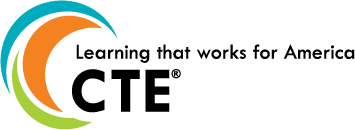

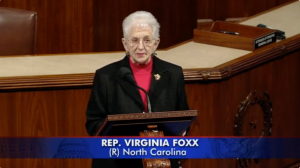
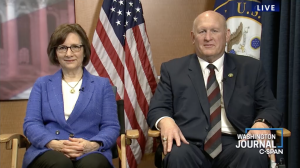
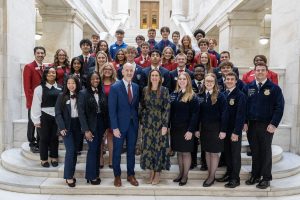
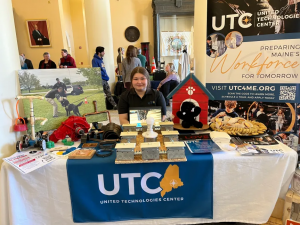 Maine kicked off Career and Technical Education (CTE) Month at the State House with a showcase featuring learners, instructors, and directors from 15 of the state’s 27 CTE centers. The showcase featured learners’ advanced skills in areas from biotechnology and hospitality to welding and graphic design. Notably, every instructor and director at the event reported an increase in “non-traditional students” participating in CTE programs.
Maine kicked off Career and Technical Education (CTE) Month at the State House with a showcase featuring learners, instructors, and directors from 15 of the state’s 27 CTE centers. The showcase featured learners’ advanced skills in areas from biotechnology and hospitality to welding and graphic design. Notably, every instructor and director at the event reported an increase in “non-traditional students” participating in CTE programs. 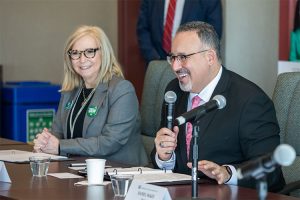 On February 21, U.S. Secretary of Education Miguel Cardona visited the Community College of Rhode Island (CCRI) as part of President Biden’s Investing in America Tour. The visit featured a tour of CCRI’s advanced manufacturing lab, a roundtable discussion with educational leaders, and dialogues with learners. Additional discussions took place with CCRI’s President Rosemary Costigan, Rhode Island Governor Dan McKee, and U.S. Representative Gabe Amo.
On February 21, U.S. Secretary of Education Miguel Cardona visited the Community College of Rhode Island (CCRI) as part of President Biden’s Investing in America Tour. The visit featured a tour of CCRI’s advanced manufacturing lab, a roundtable discussion with educational leaders, and dialogues with learners. Additional discussions took place with CCRI’s President Rosemary Costigan, Rhode Island Governor Dan McKee, and U.S. Representative Gabe Amo. 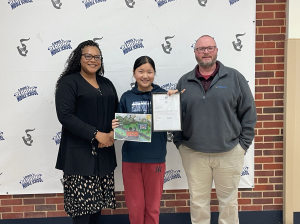 DACCTE Celebrates Poster Contest Winner
DACCTE Celebrates Poster Contest Winner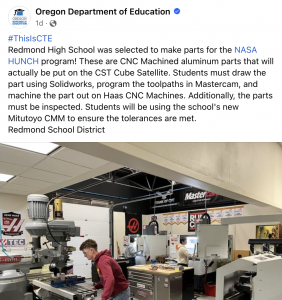
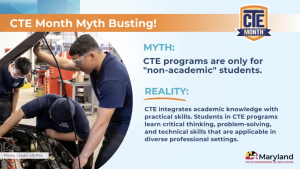
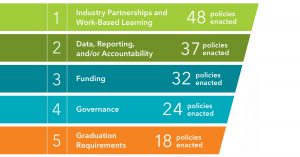

 Lawmakers in the House and the Senate continued to negotiate a path forward on FY24 appropriations this week as two funding deadlines drew closer. As
Lawmakers in the House and the Senate continued to negotiate a path forward on FY24 appropriations this week as two funding deadlines drew closer. As 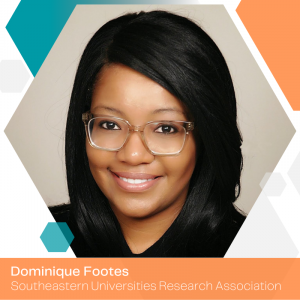 Tell me more about your journey to the Fellowship.
Tell me more about your journey to the Fellowship.
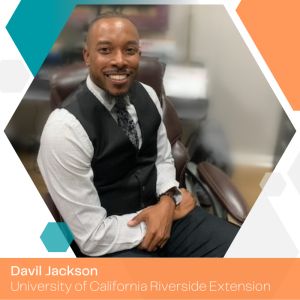 Davil Jackson (California) is passionate about empowering youth and young adult learners and has si
Davil Jackson (California) is passionate about empowering youth and young adult learners and has si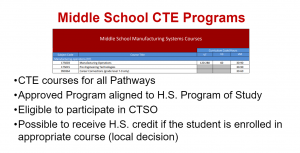 Career advising and development supports geared towards middle grades learners to improve access and achieve high-quality and equitable secondary CTE programs prove to be an early opportunity to develop an occupational identity and better build social capital. Ohio discussed the policy structures the state has put into place to support learners in CTE programs before they enter high school, including funding mechanisms and alignment of middle grades programs of study. Michigan Advance CTE-ECMC Fellow
Career advising and development supports geared towards middle grades learners to improve access and achieve high-quality and equitable secondary CTE programs prove to be an early opportunity to develop an occupational identity and better build social capital. Ohio discussed the policy structures the state has put into place to support learners in CTE programs before they enter high school, including funding mechanisms and alignment of middle grades programs of study. Michigan Advance CTE-ECMC Fellow 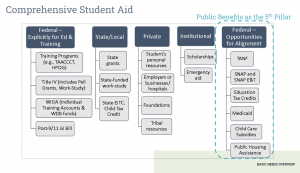 An education consultant and a state leader from Wisconsin provided an overview of programs that support learners basic needs, while elevating that many programs still create barriers for learners to complete credentials. Immediate next steps that were shared included making integrated benefits applications for federal assistance programs available online and inviting benefits coordinators to provide services on campus. Wisconsin highlighted their steps to create affinity groups with faculty and staff, with Dr. Colleen McCabe stating “To understand the effects of poverty, you have to explore learners’ multiple identities.”
An education consultant and a state leader from Wisconsin provided an overview of programs that support learners basic needs, while elevating that many programs still create barriers for learners to complete credentials. Immediate next steps that were shared included making integrated benefits applications for federal assistance programs available online and inviting benefits coordinators to provide services on campus. Wisconsin highlighted their steps to create affinity groups with faculty and staff, with Dr. Colleen McCabe stating “To understand the effects of poverty, you have to explore learners’ multiple identities.”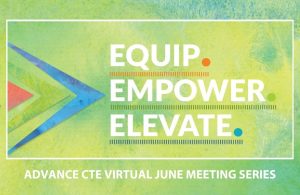 On June 15, Advance CTE held the second of three events in our Virtual June Meeting Series. The series offers three opportunities to equip Career Technical Education (CTE) leaders with the latest research and innovations, empower them to succeed, and elevate their work to raise awareness of the value of CTE.
On June 15, Advance CTE held the second of three events in our Virtual June Meeting Series. The series offers three opportunities to equip Career Technical Education (CTE) leaders with the latest research and innovations, empower them to succeed, and elevate their work to raise awareness of the value of CTE. 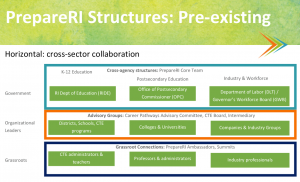
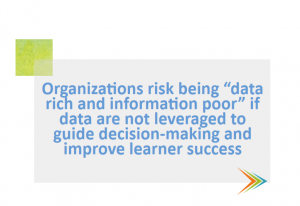 Peter Plourde
Peter Plourde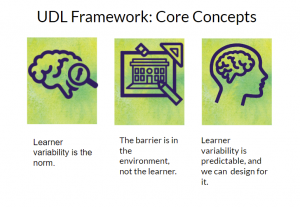
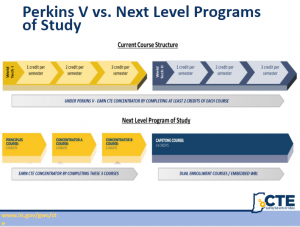
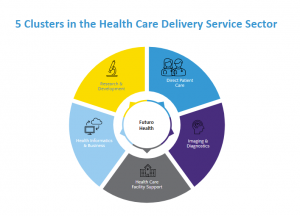
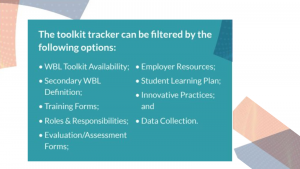
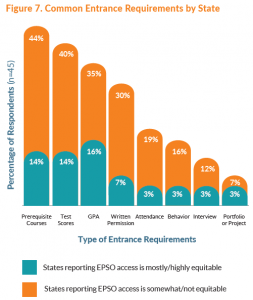 3.Identify and remove barriers to access, including restrictive costs or entrance requirements, and target specific learner populations for recruitment.
3.Identify and remove barriers to access, including restrictive costs or entrance requirements, and target specific learner populations for recruitment. 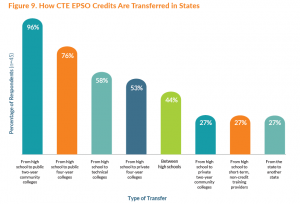 5.Expand statewide and inter-state articulation agreements to account for all types of CTE EPSOs. Statewide agreements can help guarantee recognition of CTE EPSO credit and facilitate automatic transfer between a secondary institution and a corresponding postsecondary institution of the learner’s choice. Ensuring that the transfer of credit is as frictionless as possible is vital to supporting learners as they transition into postsecondary education and continue in a degree program. As states work to ensure that each learner’s EPSO experiences consistently are counted toward articulated credit, they should also ensure that this credit contributes to core credits in a CTE program of study and not just elective credit. States can develop additional guidelines and legislation that ensures the connection between an EPSO and a program of study. Ohio has Career-Technical Assurance Guides (CTAGs) that provide automatically articulated and transferable credit upon completion of CTE coursework.
5.Expand statewide and inter-state articulation agreements to account for all types of CTE EPSOs. Statewide agreements can help guarantee recognition of CTE EPSO credit and facilitate automatic transfer between a secondary institution and a corresponding postsecondary institution of the learner’s choice. Ensuring that the transfer of credit is as frictionless as possible is vital to supporting learners as they transition into postsecondary education and continue in a degree program. As states work to ensure that each learner’s EPSO experiences consistently are counted toward articulated credit, they should also ensure that this credit contributes to core credits in a CTE program of study and not just elective credit. States can develop additional guidelines and legislation that ensures the connection between an EPSO and a program of study. Ohio has Career-Technical Assurance Guides (CTAGs) that provide automatically articulated and transferable credit upon completion of CTE coursework.